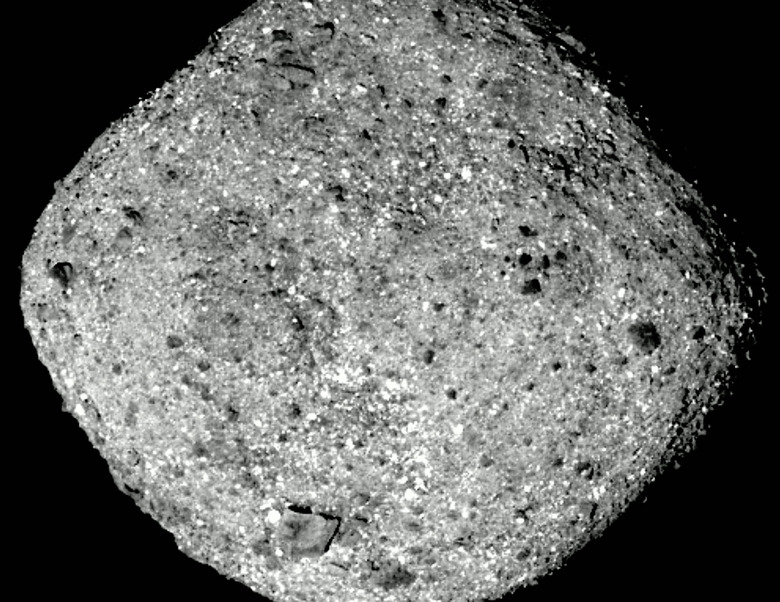Nobody Knows If NASA's OSIRIS-REx Can Pull Off Its Daring Asteroid-Sampling Maneuver
NASA's OSIRIS-REx spacecraft first arrived at the large space rock known as Bennu late last year, and it's spent the first few months of 2019 observing its new space companion and teaching NASA more about the rock's surface. Unfortunately for NASA engineers, the asteroid's surface is nothing like what they assumed it would be, and that poses a serious challenge going forward.
The OSIRIS-REx mission includes multiple objectives, with the first being the successful insertion of the spacecraft into orbit around the rock itself. NASA nailed it and things seemed to be great, or at least until scientists got a good look at Bennu's surface. As Sky & Telescope reports, it has complicated matters greatly.
With limited capability to observe the asteroid from Earth or in-flight towards the rock, scientists believed the asteroid would be fairly smooth. A smooth surface would make the spacecraft's final maneuver — and up-close-and-personal sample retrieval — a lot less risky, but that's not what Bennu had in store.
Bennu is, to put it simply, an absolute mess. The asteroid is covered in debris of all sizes, ranging from dust and small rocks to massive boulders and everything in between. This poses a massive challenge for sample collection since the spacecraft will have to avoid obstacles as it inches its way towards the space rock's surface.
The plan has always been for OSIRIS-REx to remain in orbit around Bennu for around a year, making observations of its surface and relaying data and images back to its handlers on Earth. However, with its rubble-covered surface now posing a threat to its most anticipated action, NASA will need to work diligently to find a safe place on the asteroid for the spacecraft to gather a sample before leaving Bennu and returning home. It they can pull it off, it'll be a monumental achievement.
